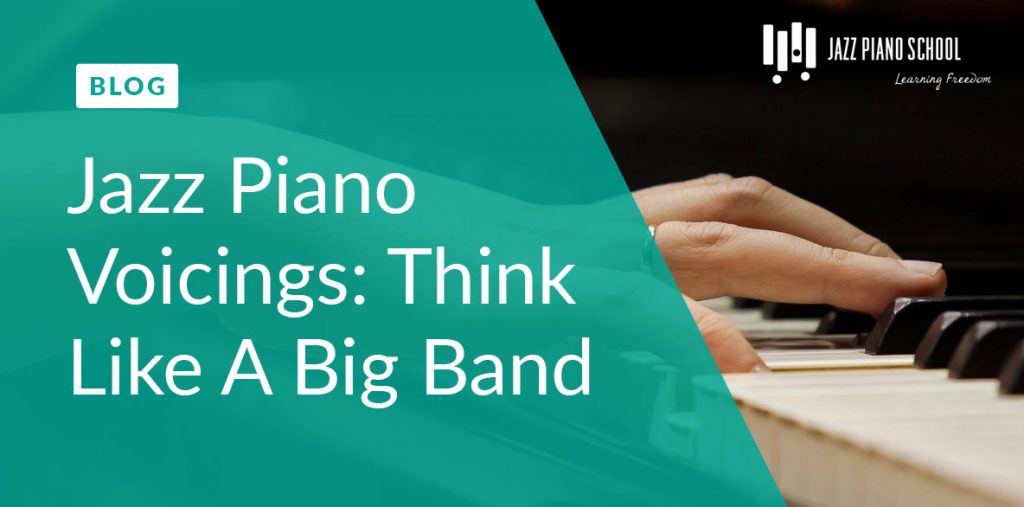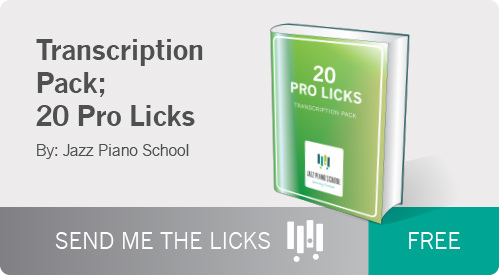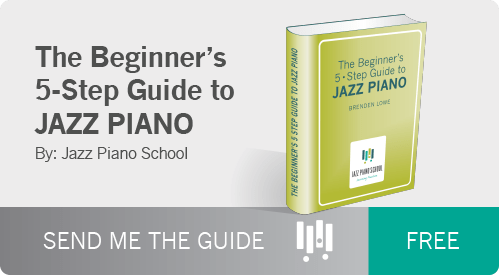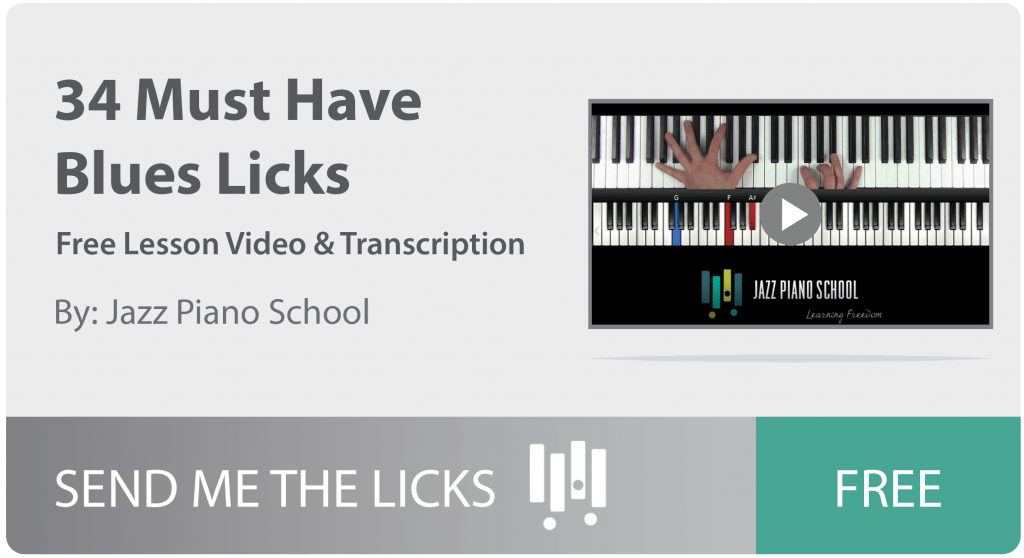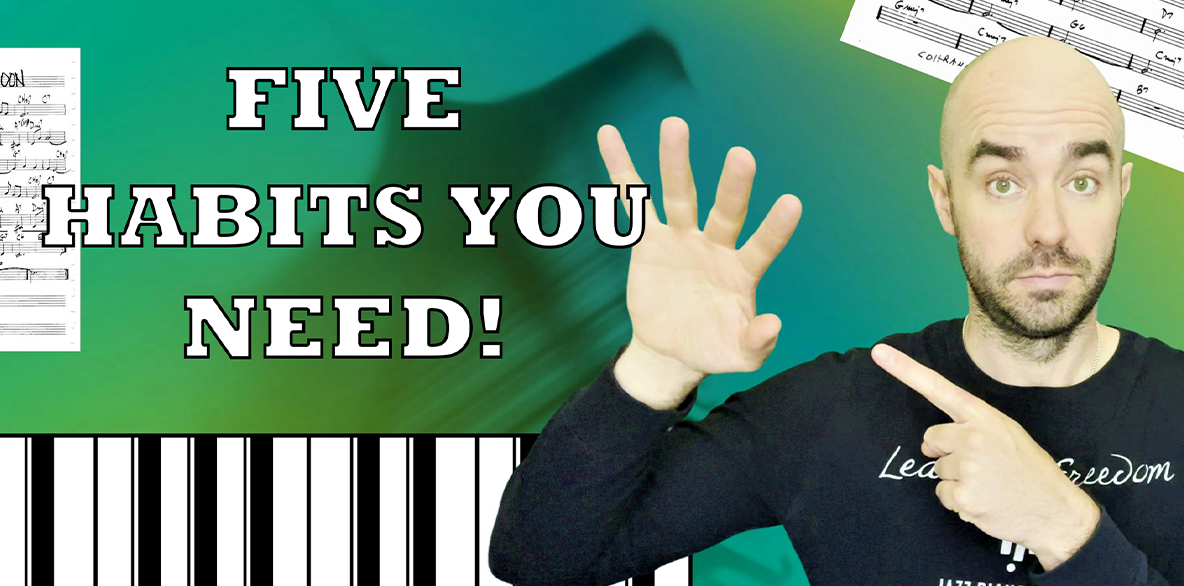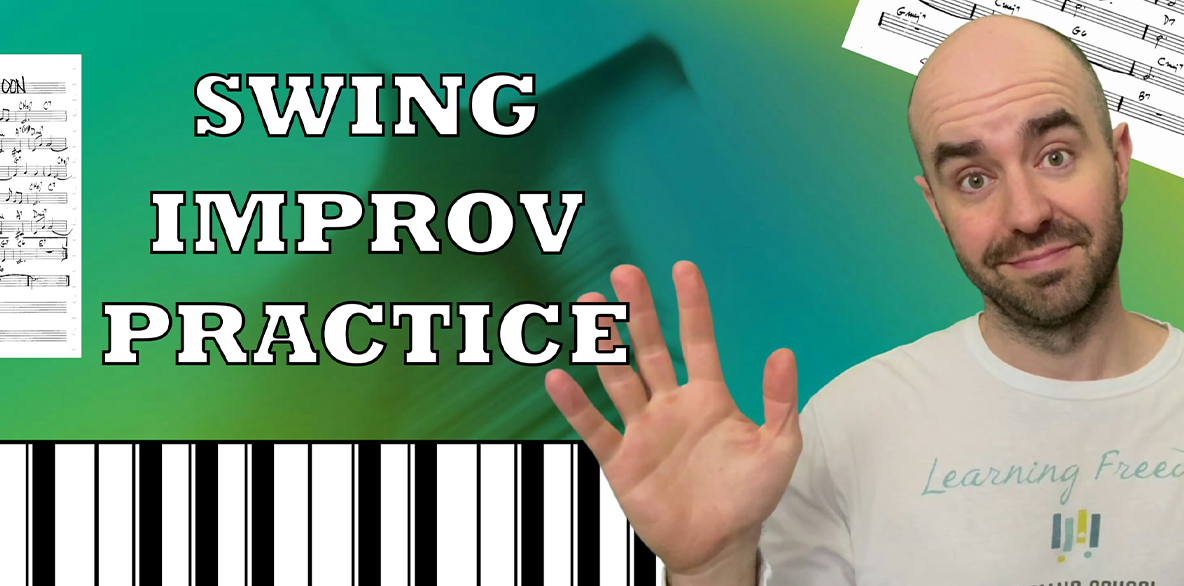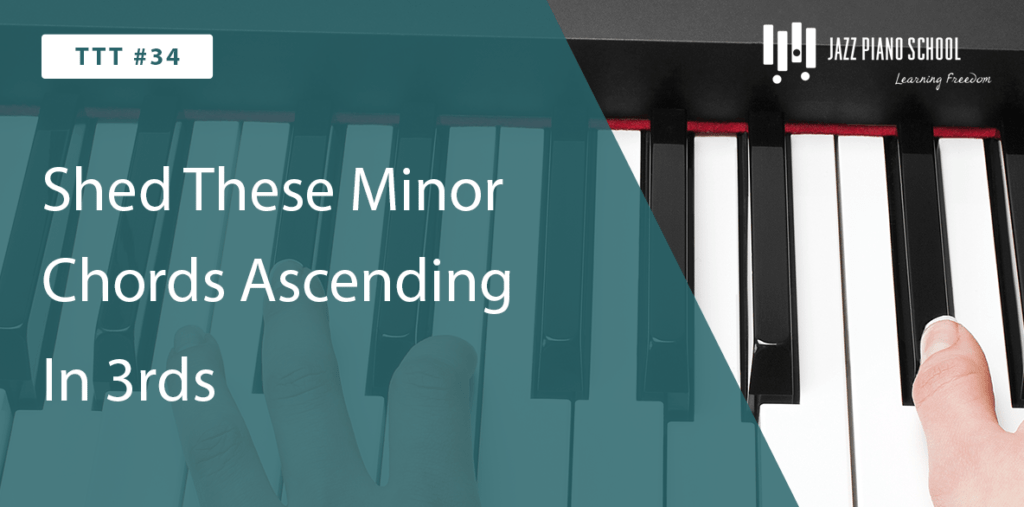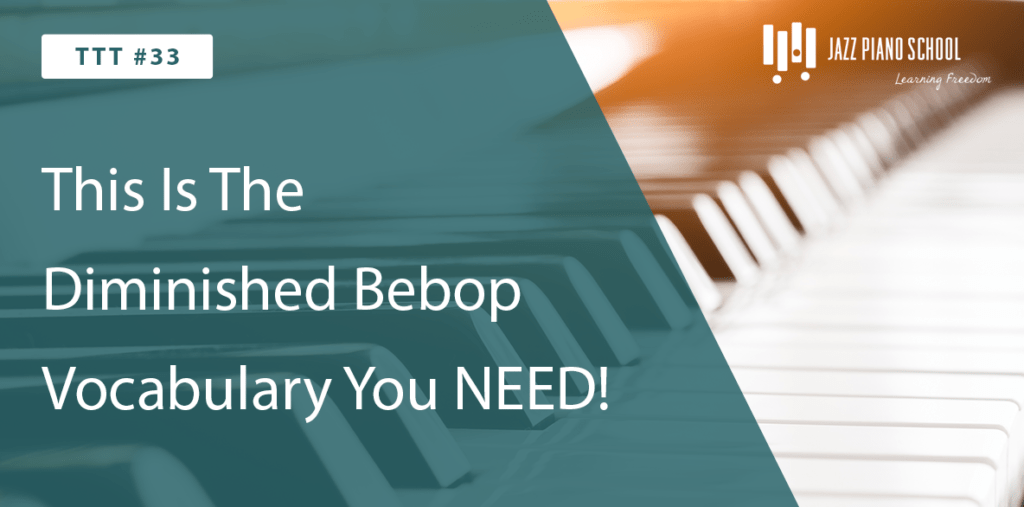By Sam Griffith
A few years ago, Wynton Marsalis participated in an documentary on HBO that featured him directing a group of prodigious high-school jazz musicians. Wynton gives tons of great feedback to the musicians, especially to the pianist of the group. In a discussion about comping, Wynton gives several awesome conceptual ideas for the pianist to explore. One idea he gave to the pianist was to “comp like your a big band”.
How do you comp like a big band?
Well first, what is a big band? A big band, is traditionally 5 saxophones, 4 trumpets and 4 trombones (plus a rhythm section….but we don’t care about them in this post). Big band scoring and/or voicing can cover a lot of ground. If a pianists wanted to comp like a big band, we would need to consider 2 things:
- What voicings work in a big band?
- What do the the instruments in a big band do?
Generally, the trombones are in the lower register, and have a lot of space between each voice (typically some sort of open voicing). Trumpets are in the upper register and utilize a lot of closed voicings, or voicings where the interval between each instrumental is smaller. Both brass instruments are adept at playing long sounds, or short articulate rhythmic hits. A brass section has a tremendous sense of POWER that is unlike any other section of a big band.
The saxophones are an interesting group because there are 3 different types of saxophone commonly found in a jazz big band (alto, tenor, baritone). These instruments cover a huge range and when working together can very effective when working together. The saxophones are a more adept at playing complex melodies than than the brass, thus making them the focus of many soli or group instrumental section that typically demonstrate their facility.
Check out this recording of the Thad Jones-Mel Lewis Orchestra playing “Cherry Juice”. Observe the role of the brass and saxophones right from the beginning. The brass are providing the power and playing short rhythmic hits, while the saxophones are playing more complex countermelodies.
[x_video_embed type=”16:9″][/x_video_embed]
Now, how do we do comp like that? Well, first off lets consider the POWER aspect of a big band. When the band is playing figures together, a very unique power is generated because a few important factors.
- We have typically have a combination of voicings used. Some sort of open voicing in lower instruments (trombones, tenor sax, bari sax) and closed voicing used in the upper instruments (trumpets, alto sax).
- The lead trumpet typically has some sort of melody/melodic shape. The remaining trumpet voices are usually built downwards from what the trumpet player is doing. This is contradictory to the idea that we build chords from the root up.
With this in mind, we can now develop a more thoroughly idea for how to “comp like a big band”. In order for your comping to resemble a big band, you will need to make sure that you have BIG chords with OPEN voicings on the bottom and CLOSED voicings up top. You want to pay special attention to the top notes of all of your chords and create some simple/basic melodic shape.
Rhythmically, you want all of the notes to be played together. Imagine you are hearing a band playing a melody harmonized for all instruments. Neal Hefti’s classic ballad/slow jazz song “Lil’ Darlin” is a great example of this concept.
[x_video_embed type=”16:9″][/x_video_embed]
Did you hear how all of the instruments are moving together?
Did you hear ALL of the instruments?
Did you hear the trumpet lead line, with all of the other instruments voiced below it?
This is exactly the sound, and concept, needed for comping “like a big band”. Now, go give it a shot!
When Sam is not comping like a big band, he is writing for Dizzylandjazz.com and teaching jazz at the University of California, Davis.


